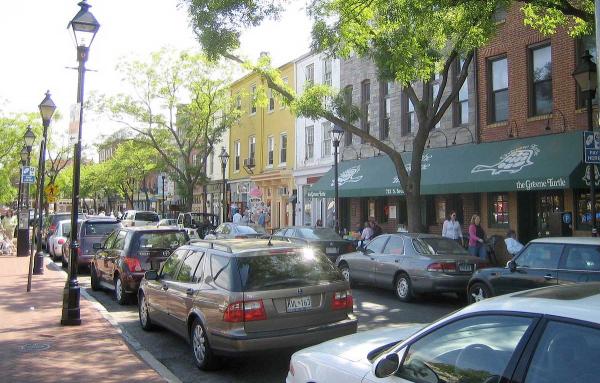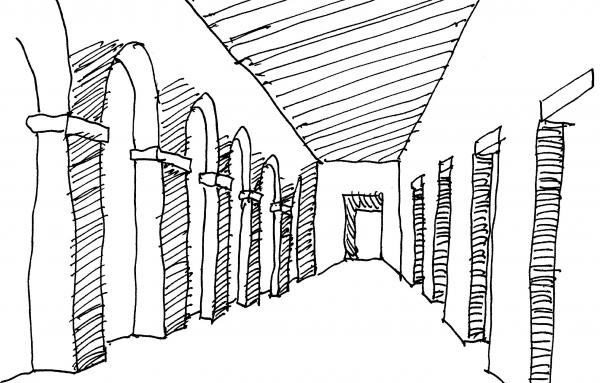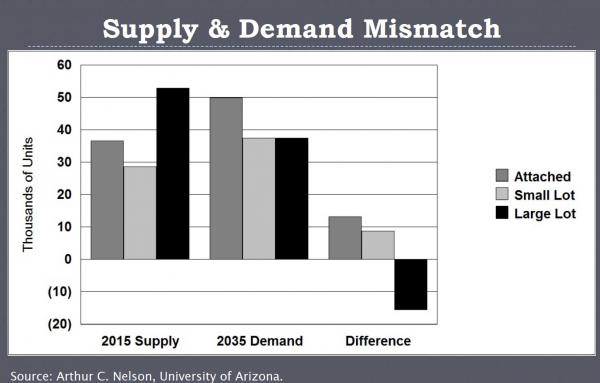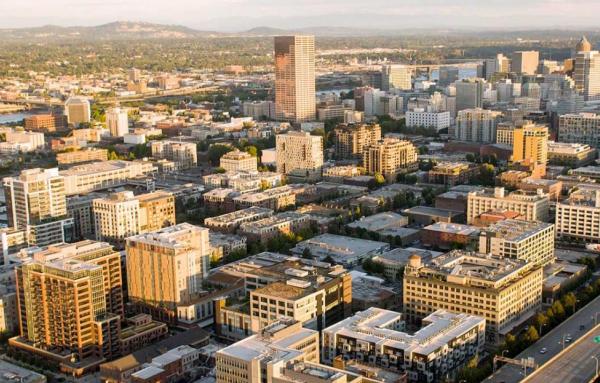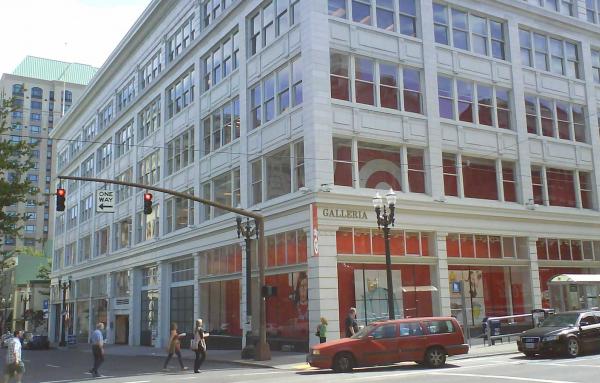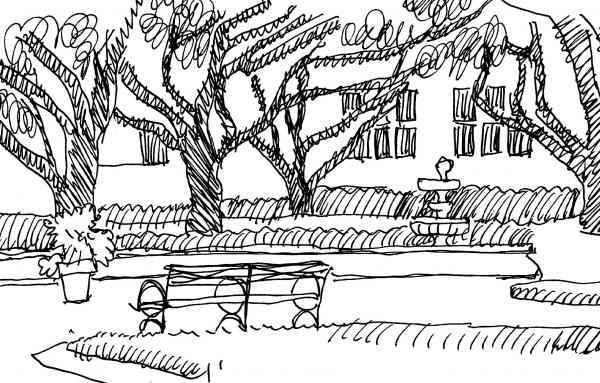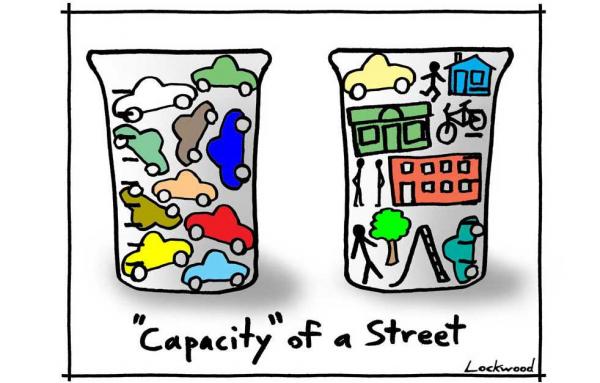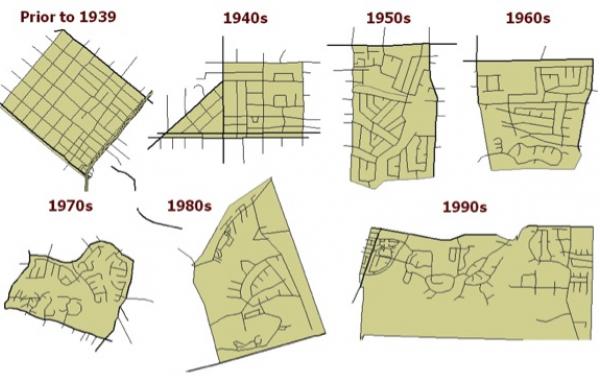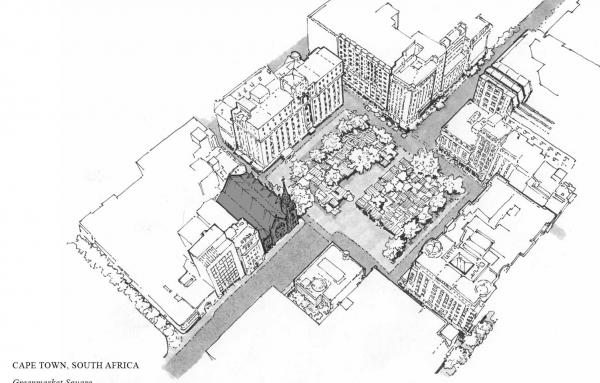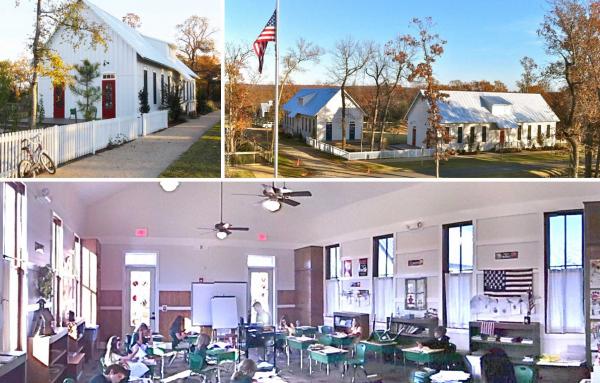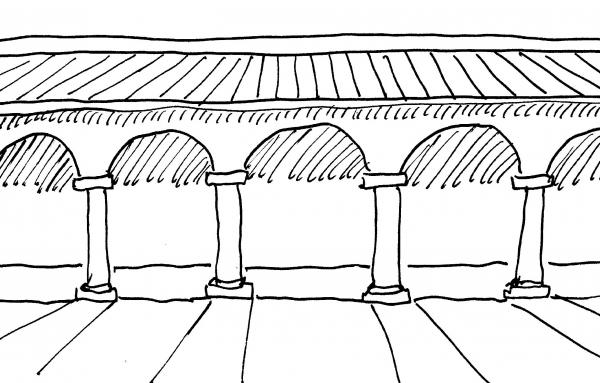RECENT ARTICLES – 2018
CNU co-founder Stefanos Polyzoides said of Bill Dennis: "We lost a brother."
A focus on one dimension ignores more important geographical aspects to public safety in a walkable city.
The boundary of a physical space counts for a major part of our spatial experience. Several distinct typologies for spaces contribute to a campus environment that is actively used.
A mathematical equation helps to explain the endless variety of cities and the cookie-cutter sameness of conventional suburbs.
As more retail moves into cities, the suburban boxes fronted by parking lots are giving way to more walkable designs.
Open space will be used when we feel that it encloses us with a semi-permeable, welcoming perimeter. The design of successful urban space therefore relies predominantly on human psychological responses.
The greater choice offered by well-connected street networks leads to more capacity and efficiency, according to pioneering smart growth engineer Walter Kulash.
Africa Drawn: One Hundred Cities
Fundamental sensory mechanisms determine how we walk in relation to built structures. This physiological basis must inform the design of pedestrian campus circulation.
